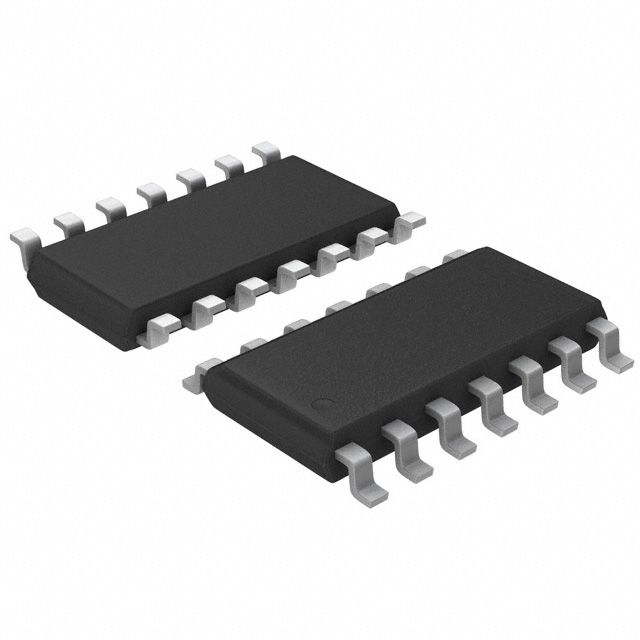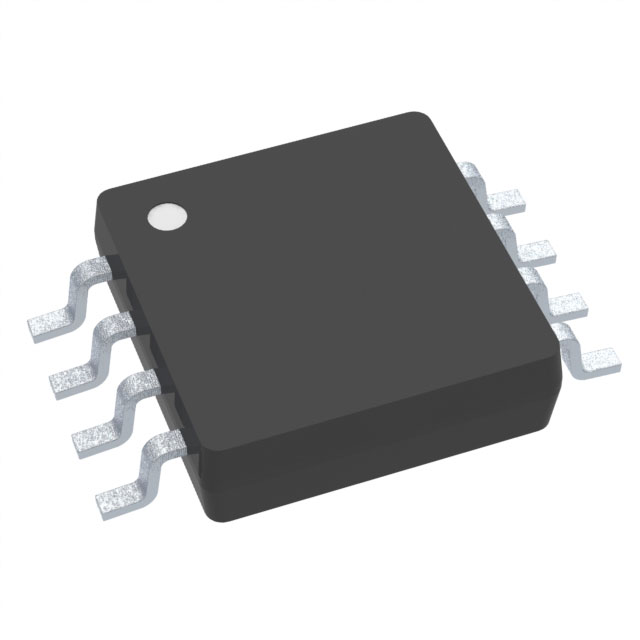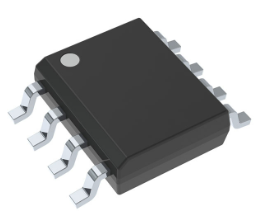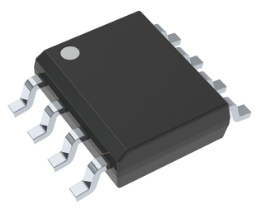- Online chat

LM2901DR
1. General Introduction
The LM2901DR is a quad differential comparator integrated circuit (IC) produced by Texas Instruments. Comparators are fundamental components in analog and digital electronics, used to compare two input voltages and provide a digital output indicating which input is larger.
2. Key Features
2.1 Quad Comparator Design
The LM2901DR contains four independent comparators within a single package. This multi - comparator design is highly advantageous as it allows for multiple voltage comparison tasks to be performed simultaneously in a compact space. For example, in a complex analog - to - digital conversion circuit or a signal - processing system, multiple comparators may be required to compare different input signals against reference voltages. The quad comparator configuration in the LM2901DR simplifies the circuit design and reduces the number of external components.
2.2 Wide Supply Voltage Range
It can operate over a wide supply voltage range. The LM2901DR can function with a single - supply voltage from 2 V to 36 V or with dual - supply voltages from ±1 V to ±18 V. This wide supply voltage flexibility makes it suitable for a diverse range of applications, whether powered by batteries, regulated power supplies, or other sources. It can be easily integrated into different electronic systems without the need for complex power - supply adjustments.
2.3 Low Input Bias Current
The comparators in the LM2901DR have low input bias current. Low input bias current means that the comparators draw very little current from the input signal sources. This is important when the input signals are sourced from high - impedance circuits or sensors, as it minimizes the loading effect on the input sources and ensures accurate voltage comparison.
2.4 Open - Collector Outputs
The LM2901DR features open - collector outputs. Open - collector outputs allow for easy interfacing with other digital circuits and can be used to drive loads such as LEDs, relays, or other digital devices. They also provide flexibility in terms of the output voltage level, as an external pull - up resistor can be used to set the desired output voltage.
2.5 High Slew Rate
The comparators offer a relatively high slew rate. The slew rate is the maximum rate of change of the output voltage. A high slew rate enables the comparators to respond quickly to changes in the input voltages, making them suitable for applications that require fast signal processing and response times, such as in high - speed data acquisition systems.
3. Applications
3.1 Voltage Level Detection
In voltage level detection applications, the LM2901DR can be used to compare an input voltage against a reference voltage. For example, in a battery - powered device, it can be used to detect when the battery voltage drops below a certain threshold and trigger an alarm or a power - saving mode.
3.2 Signal Conditioning
In signal - conditioning circuits, the comparators can be used to convert analog signals into digital signals. For instance, in a sensor interface circuit, the LM2901DR can compare the output signal of a sensor against a reference voltage and provide a digital output indicating whether the sensor signal is above or below the reference level.
3.3 Pulse - Width Modulation (PWM) Generation
The LM2901DR can be used in PWM generation circuits. By comparing a sawtooth or triangular waveform with a control voltage, the comparator can generate a PWM signal. PWM signals are widely used in power electronics for motor control, power supply regulation, and other applications.
3.4 Window Comparator Circuits
It can be used to build window comparator circuits. A window comparator is used to determine whether an input voltage lies within a certain range (the “window”). By using two comparators in the LM2901DR, a window comparator circuit can be constructed, which is useful in applications such as temperature monitoring, where it is necessary to detect if a temperature value is within an acceptable range.
4. Electrical Specifications
4.1 Supply Voltage
As mentioned earlier, the LM2901DR can operate with a single - supply voltage from 2 V to 36 V or dual - supply voltages from ±1 V to ±18 V.
4.2 Input Offset Voltage
The input offset voltage is the voltage difference that must be applied between the two inputs to make the output voltage change state. The LM2901DR has a specified input offset voltage, which affects the accuracy of the voltage comparison. A lower input offset voltage generally leads to more precise comparison results.
4.3 Output Sink Current
The open - collector outputs of the LM2901DR can sink a certain amount of current. The output sink current rating determines the maximum current that the outputs can handle when driving external loads.
4.4 Operating Temperature Range
The device is designed to operate within a temperature range of - 40°C to 85°C. This wide temperature range ensures the reliable performance of the comparators in various environmental conditions.
In summary, the LM2901DR is a versatile and reliable quad differential comparator that offers a wide range of features suitable for various voltage - comparison and signal - processing applications in different industries.








